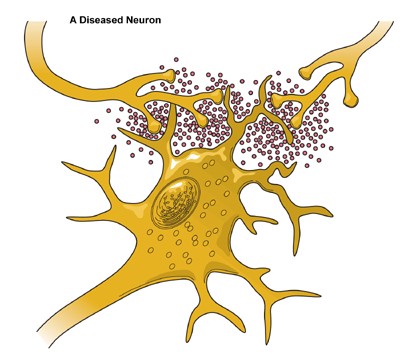Introduction
1THE HUMAN BRAIN — a spongy, three-pound mass of tissue — is the most complex living structure in the universe. With the capacity to create a network of connections that far surpasses any social network and stores more information than a supercomputer, the brain has enabled humans to achieve breathtaking milestones — walking on the moon, mapping the human genome, and composing masterpieces of literature, art, and music. What’s more, scientists still have not uncovered the extent of what the brain can do. This single organ controls every aspect of our body, ranging from heart rate and sexual activity to emotion, learning, and memory. The brain controls the immune system’s response to disease, and determines, in part, how well people respond to medical treatments. Ultimately, it shapes our thoughts, hopes, dreams, and imaginations. It is the ability of the brain to perform all of these functions that makes us human.
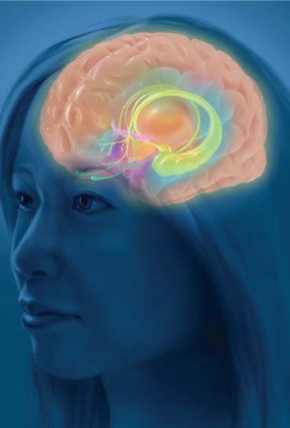
2Neuroscientists, whose specialty is the study of the brain and the nervous system, have the daunting task of deciphering the mystery of how the brain commands the body. Over the years, the field has made enormous progress. For example, neuroscientists now know that each person has as many as 100 billion nerve cells called neurons, and the communication between these cells forms the basis of all brain function. However, scientists continue to strive for a deeper understanding of how these cells are born, grow, and organize themselves into effective, functional circuits that usually remain in working order for life.
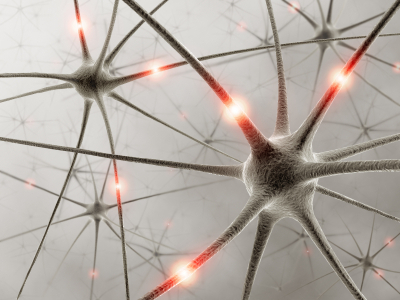
3The motivation of researchers is to further our understanding of human behavior, including how we read and speak and why we form relationships; to discover ways to prevent or cure many devastating disorders of the brain as well as the body under the brain’s control; and to advance the enduring scientific quest to understand how the world around us — and within us — works.

4The importance of this research cannot be overstated. More than 1,000 disorders of the brain and nervous system result in more hospitalizations than any other disease group, including heart disease and cancer. Neurological illnesses affect more than 50 million Americans annually and cost more than $500 billion to treat. In addition, mental disorders strike 44 million adults a year at a cost of $148 billion. Advances in research could reduce these costs. For example, discovering how to delay the onset of Alzheimer’s disease by five years could save $50 billion in annual health care costs.
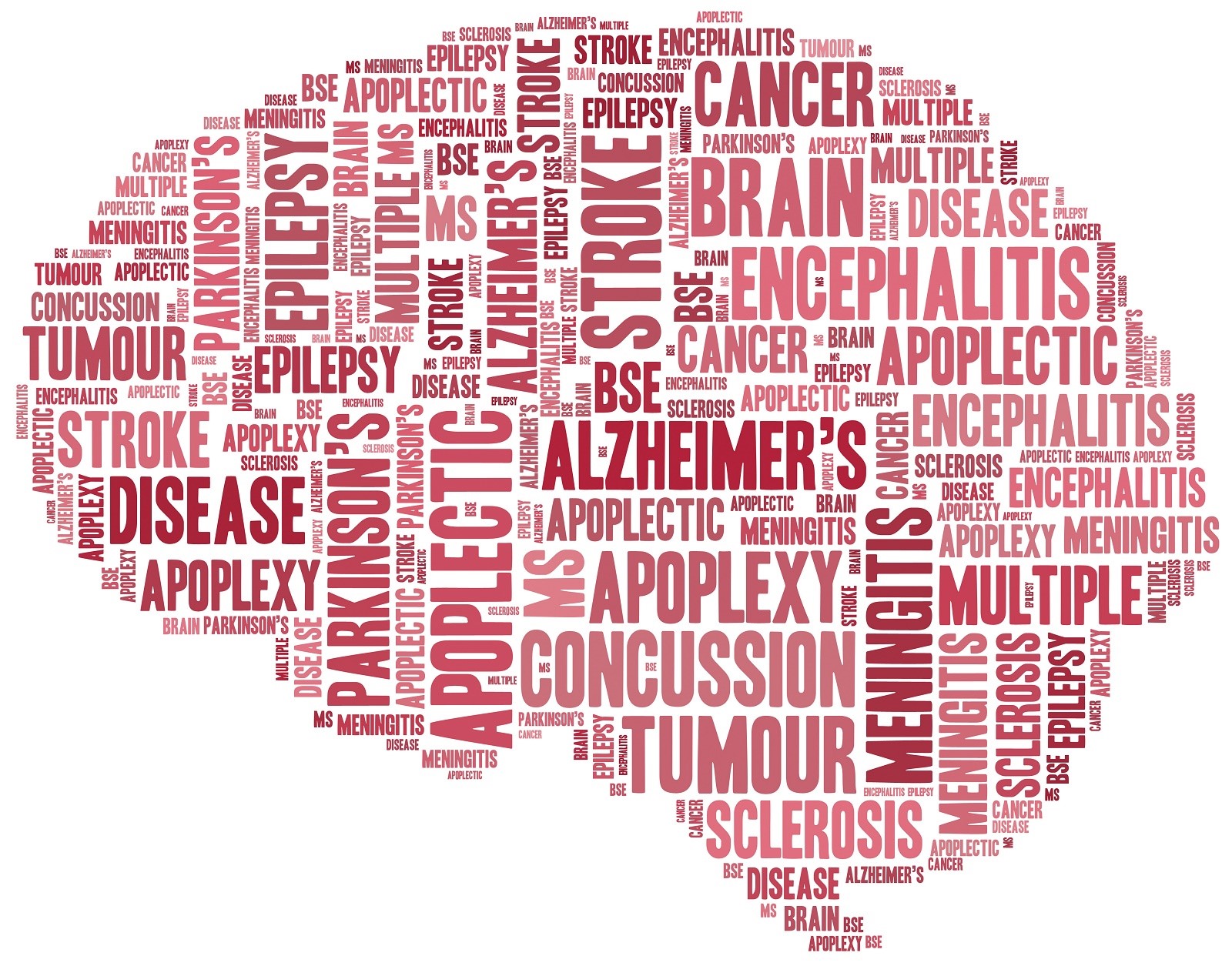
5In the past two decades, neuroscience has made impressive progress in many of the field’s key areas. Now, more than ever, neuroscience is on the cusp of major breakthroughs. Recently, significant findings have been documented in the following areas.
6Genetics Disease genes have been identified that are key to several disorders, including the epilepsies, Alzheimer’s disease, Huntington’s disease, Parkinson’s disease, and amyotrophic lateral sclerosis (ALS). These discoveries have provided new insight into underlying disease mechanisms and are beginning to suggest new treatments. With the mapping of the human genome, neuroscientists have been able to make more rapid progress in identifying genes that either contribute to or directly cause human neurological disease. Mapping animal genomes has aided the search for genes that regulate and control many complex behaviors.
7Genetics-environment Interactions Most major diseases have a genetic basis strongly influenced by the environment. For example, identical twins, who share the same DNA, have an increased risk of getting the same disease compared with nonidentical siblings. However, if one twin gets the disease, the probability the other will also be affected is between 30 percent and 60 percent, indicating that there are environmental factors at play as well. Environmental influences involve factors such as exposure to toxic substances, diet, level of physical activity, and stressful life events.
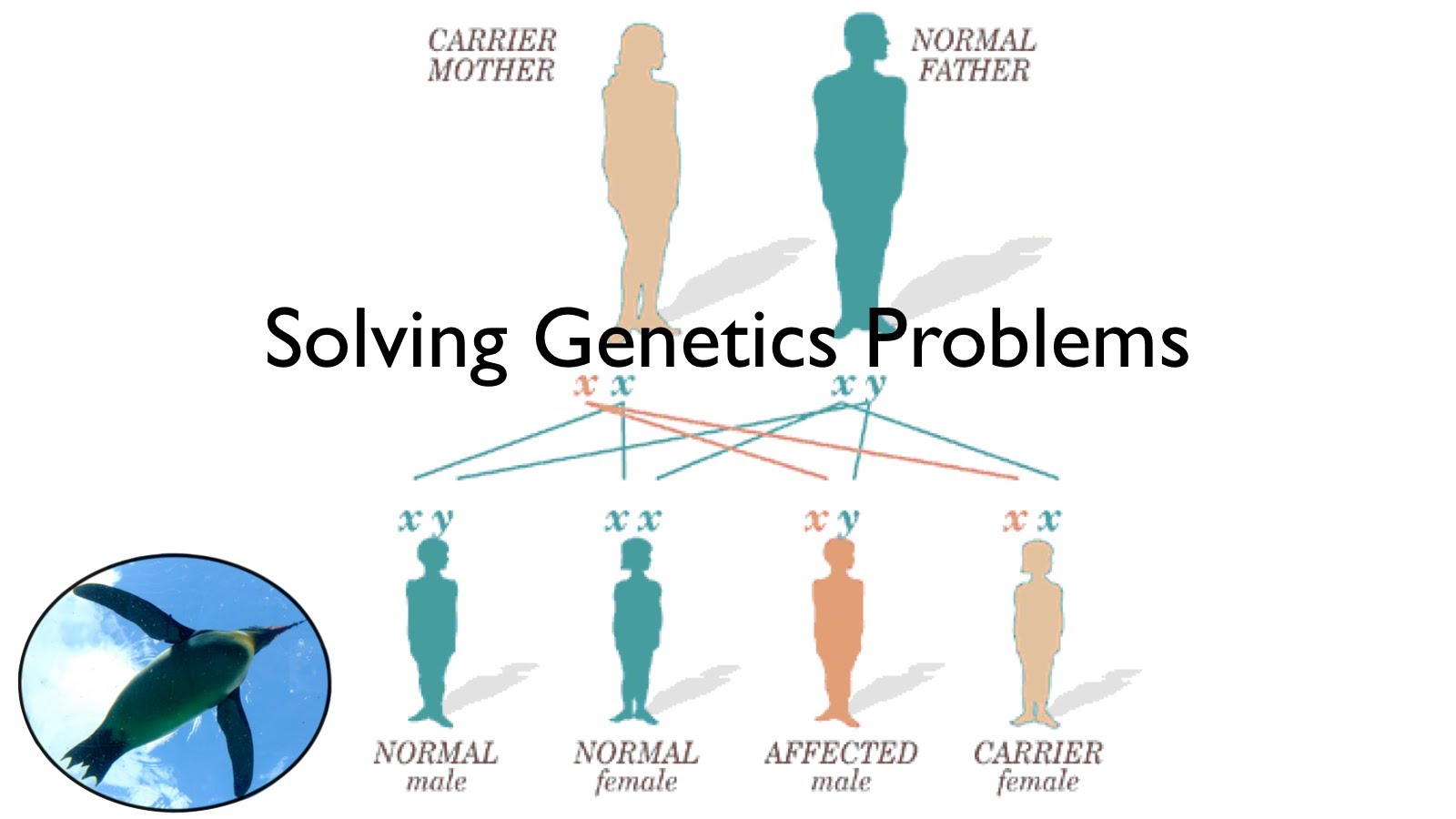
8Brain Plasticity The brain possesses the ability to modify neural connections to better cope with new circumstances. Scientists have begun to uncover the molecular basis of this process, called plasticity, revealing how learning and memory occur and how declines might be reversed. In addition, scientists have discovered that the adult brain continually generates new nerve cells — a process known as neurogenesis. Interestingly, one of the most active regions for neurogenesis in the brain, the hippocampus, is also an area heavily involved in learning and memory.
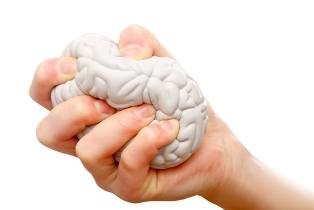
9New Therapies Researchers have gained insight into the mechanisms of molecular neuropharmacology, or how drugs affect the functioning of neurons in the nervous system, providing a new understanding of the mechanisms of addiction. These advances have also led to new treatments for depression and obsessive-compulsive disorders. In addition, neuroscientists have discovered that many of the toxic venoms used by animals can be adapted into new pharmacological treatments. For example, the poison of a puffer fish, tetrodotoxin (TTX), halts electrical signaling in nerve cells. However, in discrete, targeted doses, TTX can be used specifically to shut down those nerve cells involved in sending constant signals of chronic pain.
10Imaging Revolutionary imaging techniques, including positron emission tomography (PET), functional magnetic resonance imaging (fMRI), and optical imaging with weak lasers, have revealed the brain systems underlying attention, memory, and emotions. These techniques also have pointed to dynamic changes that occur in schizophrenia and other disorders.
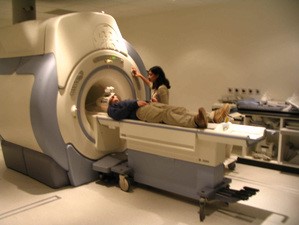
11Cell Death Two major advances in neuroscience — the discovery of how and why neurons die, along with the discovery of stem cells, which divide and form new neurons — have many clinical applications. These findings have dramatically improved the chances of reversing the effects of injury in both the brain and the spinal cord. The first effective treatments for stroke and spinal cord injury based on these advances are under study.
12Brain Development New understanding of brain function, as well as newly discovered molecules responsible for guiding nervous system development, have given scientists greater insight into certain disorders of childhood, such as cerebral palsy. Together with the discovery of stem cells, these advances are pointing to novel strategies for helping the brain or spinal cord regain functions lost as a result of injury or developmental dysfunction.
13This book provides a glimpse of what is known about the nervous system, the disorders of the brain, and some of the exciting avenues of research that promise new therapies for many neurological diseases. In the yearsahead, neuroscience researcher funded by public and private support will continue to expand our knowledge of how this extraordinary organ and the entire nervous system function.
